
How to clean nestboxes and bird feeders
Nestboxes can harbour parasites so it is good practice to take them down at the end of the season and give them a clean. Likewise it is important to keep bird feeders clean to stop the spread of diseases.
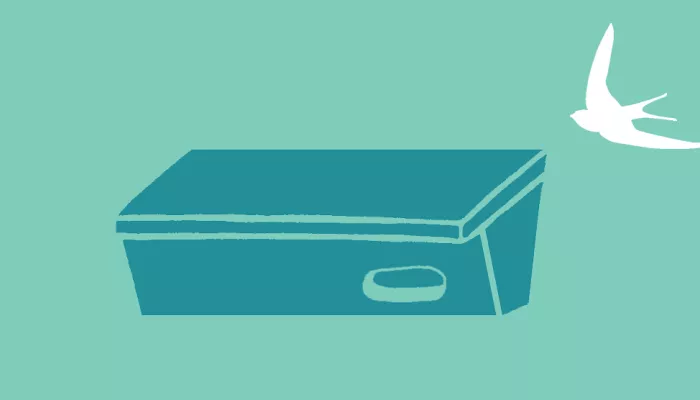
The colder months can be a tough time for wildlife, food is scarce and hibernators are looking for shelter. That's why we’ve put together our top tips for maintaining your garden for wildlife in autumn and winter. Spoiler – some of our tips can be done without lifting a finger!
As it starts to get colder, you might start to prune the trees in your garden. Don’t throw away the cut-offs though, instead use them to make a wood pile for wildlife. This will help out our 'sleepier' species, such as newts, certain beetles and plenty of other insects, who are looking for a place to get cosy and shut down for the winter.
Even though many of the trees around us are turning orange and gold, and will eventually have no leaves at all, this is still a great time to plant a tree. Flowering fruit trees can create whole ecosystems. One apple tree can provide homes for earwigs, spiders, moths, beetles, birds and much more. Fruit trees also develop decaying wood and fungi earlier than other trees, which means they’re also a ‘priority habitat’ for rare species. Not only that, but did you know fruit trees can help with drought tolerance?
As well as planting trees, why not plant some spring flowering bulbs? Pick ones that are good for pollinators like bluebells and get your garden buzzing in early spring! Make sure that you choose native species and only buy the bulbs from a reputable garden centre or shop – never take bulbs from the wild. We rely on pollinators for every third mouthful we eat, so help them out by filling your garden with their favourite snack.
Autumn and winter are great times to introduce a water feature to your garden. Amphibians like newts, frogs and toads use water as shelter and breeding grounds when spring arrives. Butterflies get valuable minerals and salts from slightly muddy water, and birds use water to bathe and remove parasites. It is important to keep the water topped up during the chilly winter months as sources of water can become frozen and more difficult to find. To make it as appropriate as possible, ensure your water source is shallow with gradual and rough-textured edges. This will mean that anything that climbs in can get out again.
Last but definitely not least, we can’t forget about our feathered friends who are amazing to watch all year round. Help out the birds visiting your garden by installing and maintaining bird boxes for them to roost in over winter.
We know that occasionally there are autumn and winter days where you just want to stay curled up inside. But did you know there are things you can do to help wildlife without moving a muscle?
Do you have fruit-bearing bushes or trees? Leave the fallen fruit for wildlife to munch on. You’ll be surprised at how much will get eaten by insects, birds and mammals visiting your garden.
Lock your rake away this autumn! Leaving a duvet of leaves is a great way to provide a perfect hiding spot for insects that are shutting down until spring (insects' version of hibernation is called diapause - basically pushing pause on their lifecycle!). An added bonus is that when leaves decompose, they return nutrients to the soil.
Keeping a messy garden is good for wildlife! Leaving seed heads can provide shelter for the many minibeasts in your garden. Insects can use the stems of seed heads to hide themselves and their eggs. If you want to help our feathered friends, you’ll be pleased to hear that some birds can also munch on seed heads. It’s not always easy to find food in winter, so this will definitely be appreciated!
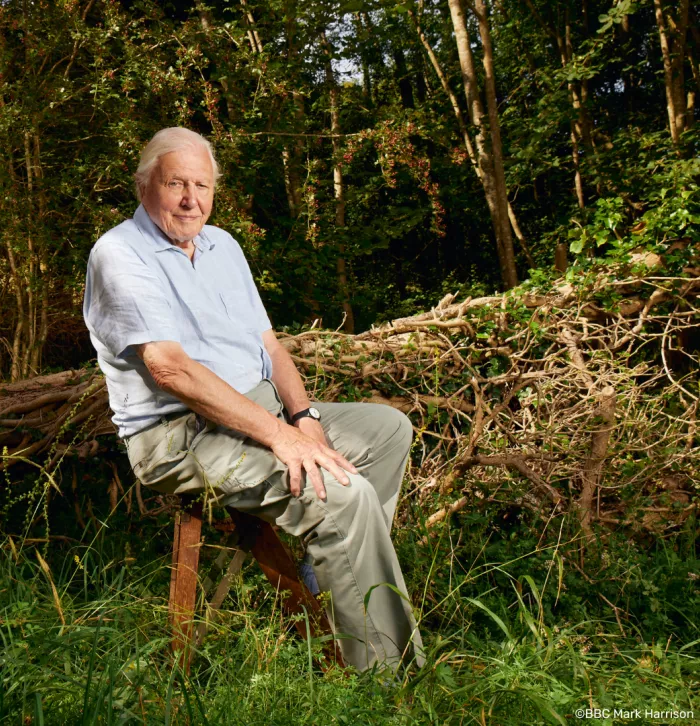

Nestboxes can harbour parasites so it is good practice to take them down at the end of the season and give them a clean. Likewise it is important to keep bird feeders clean to stop the spread of diseases.
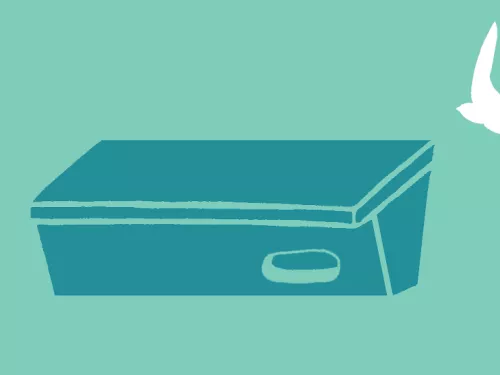
Swifts like to leave their nests by dropping into the air from the entrance. This is why they often choose to set up camp in the eaves of buildings. If you have a wall that's at least five metres tall, with a clear flyway in front, then installing a swift…

Whether feeding the birds, or sowing a wildflower patch, setting up wildlife areas in your school makes for happier, healthier and more creative children.
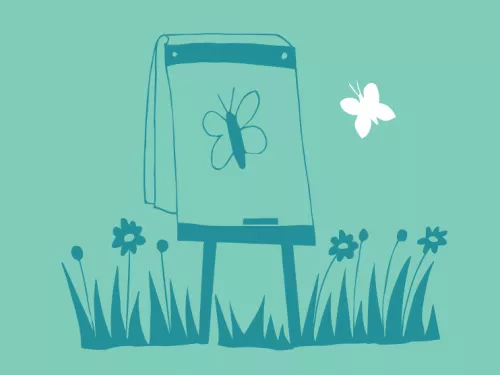
Attracting wildlife to your work will help improve their environment – and yours!
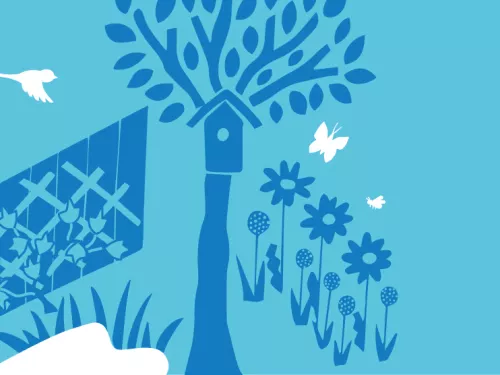
Use the blank canvas of your garden to make a home for wildlife.
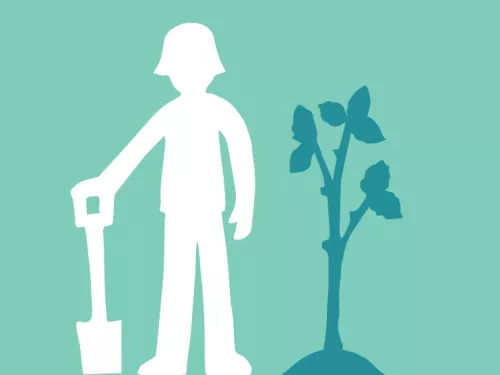
It might surprise you, but even the smallest of gardens can accommodate a tree!